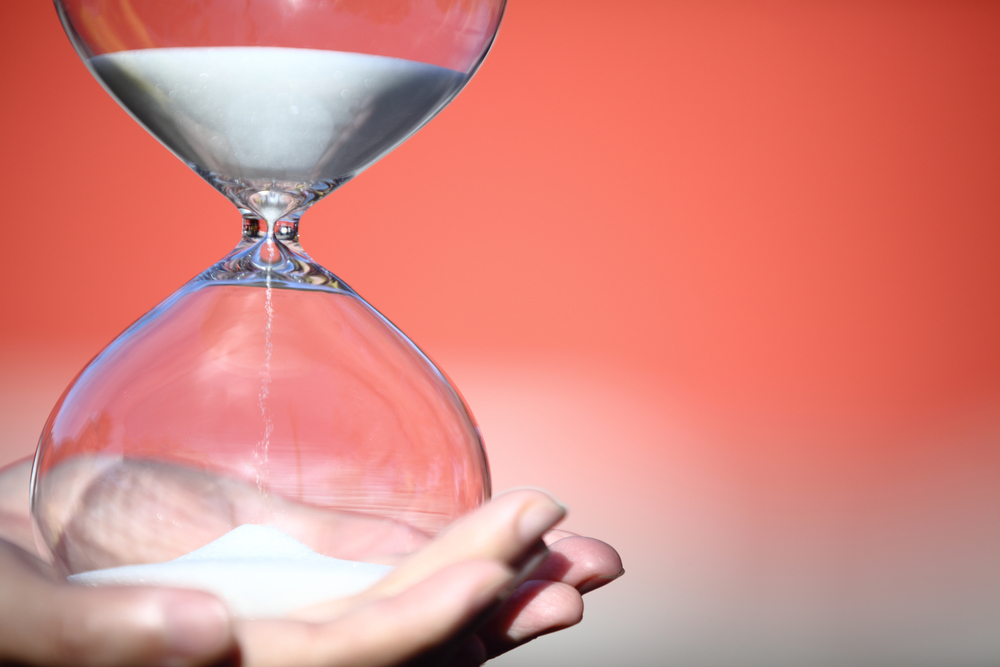News
Two tax deadlines for your diary

Your self-assessment tax return must be submitted to HMRC by 31 January. But it isn’t the only tax deadline you need to be aware of.
When the new tax year kicks in on 6 April 2016, there are two important changes to the tax you pay on your savings and investment income that you need to pay attention to, namely the new personal savings allowance and the changes to the dividend taxation regime.
- Personal Savings Allowance
What’s happening? In the March 2015 Budget, Chancellor George Osborne introduced a new personal savings allowance. From 6 April 2016 the first £1,000 of the interest basic rate taxpayers earn on all their savings will be completely tax-free. For higher rate taxpayers the allowance will be set at £500. Additional rate taxpayers will not receive a personal savings allowance.
Who will be affected? The new personal savings allowance is expected to take 95% of taxpayers out of savings tax altogether with 17 million seeing the tax on their savings abolished.
What does it mean for my savings and investments? With interest rates as low as they are, you could shelter an amount far exceeding the annual cash ISA allowance, in several savings accounts without paying tax. However, it’s worth remembering that money held in an ISA is protected from tax year after year, which means over time you can protect more and more. Also, spouses can inherit their deceased partner’s ISA, retaining the tax free status – you can’t inherit their personal savings allowance.
Holding money in a stocks and shares ISA may still result in superior returns over the long term compared to a cash investment. Our figures show if a saver had invested £15,000 into the FTSE 250 index over the 10 year period from 31 December 2005 to 31 December 2015, they would now be left with £39093.38. If, however, they had invested £15,000 into the average UK savings account over the same period, they would be left with £16096.50. That’s a difference of £22,996.88 – too big for anyone to ignore.”
- Dividend taxation regime
What’s happening? Currently those receiving dividends benefit from a 10% tax credit – this will be abolished from 6 April 2016 and be replaced with a new tax-free allowance of £5,000. This means anyone who receives dividends won’t pay tax up to this amount.
Thereafter, they will be taxed as follows:
- 5% for basic rate (20p) taxpayers
- 5% for higher rate (40p) taxpayers
- 1% for additional rate (45p) taxpayers
Who will be affected? According to the Treasury’s calculations 85% of those who receive dividends will either see no change or benefit. It will be a simpler, cleaner and ultimately fairer system – you will have a much clearer picture of how much dividend tax you’re actually paying.
What does it mean for my savings? Dividends and interest received in ISAs and pensions will continue to be exempt from tax. The previously unreclaimable 10% dividend tax within tax wrappers will also be a thing of the past under the new system.
If you were a basic rate tax payer regularly drawing dividends which exceeded the £5,000 threshold, you will end up paying more tax as your tax rate will change from zero to 7.5%. However, if your dividends are less than the £5,000 personal allowance your situation will be unchanged.
Higher rate taxpayers could earn up to around £21,667 in dividend payments each year before you start paying more tax under the new system.
What should I consider? The changes reiterate the importance of holding your investments within tax efficient wrappers such as ISAs and SIPPs. If you have any holdings outside of these vehicles consider transferring them.
It makes sense to hold the investments which pay the highest yields in an ISA, to make your new annual dividend allowance go further. Also remember that if you missed any pension contributions for the past three years these can be carried forward.
Finally, if you expect to move from a higher rate taxpayer to a lower rate taxpayer, which is often the case when you retire, it’s worth looking into deferring your dividend payments until when lower rates of tax will be paid.
Last word
These changes mean that from April 2016, a basic rate taxpayer could receive tax free income of up to £16,800 a year when the personal income allowance of £10,800 is added to the new personal savings allowance (£1,000) and the new £5,000 dividend income allowance. Higher rate taxpayers could receive up to £16,300 (as the personal savings allowance is restricted to £500 for them). This is a massive boon to those relying on an income in retirement. Make the most of it by getting your tax affairs in order, now.
Maike Currie is investment director for personal investing at Fidelity International
[article_related_posts]